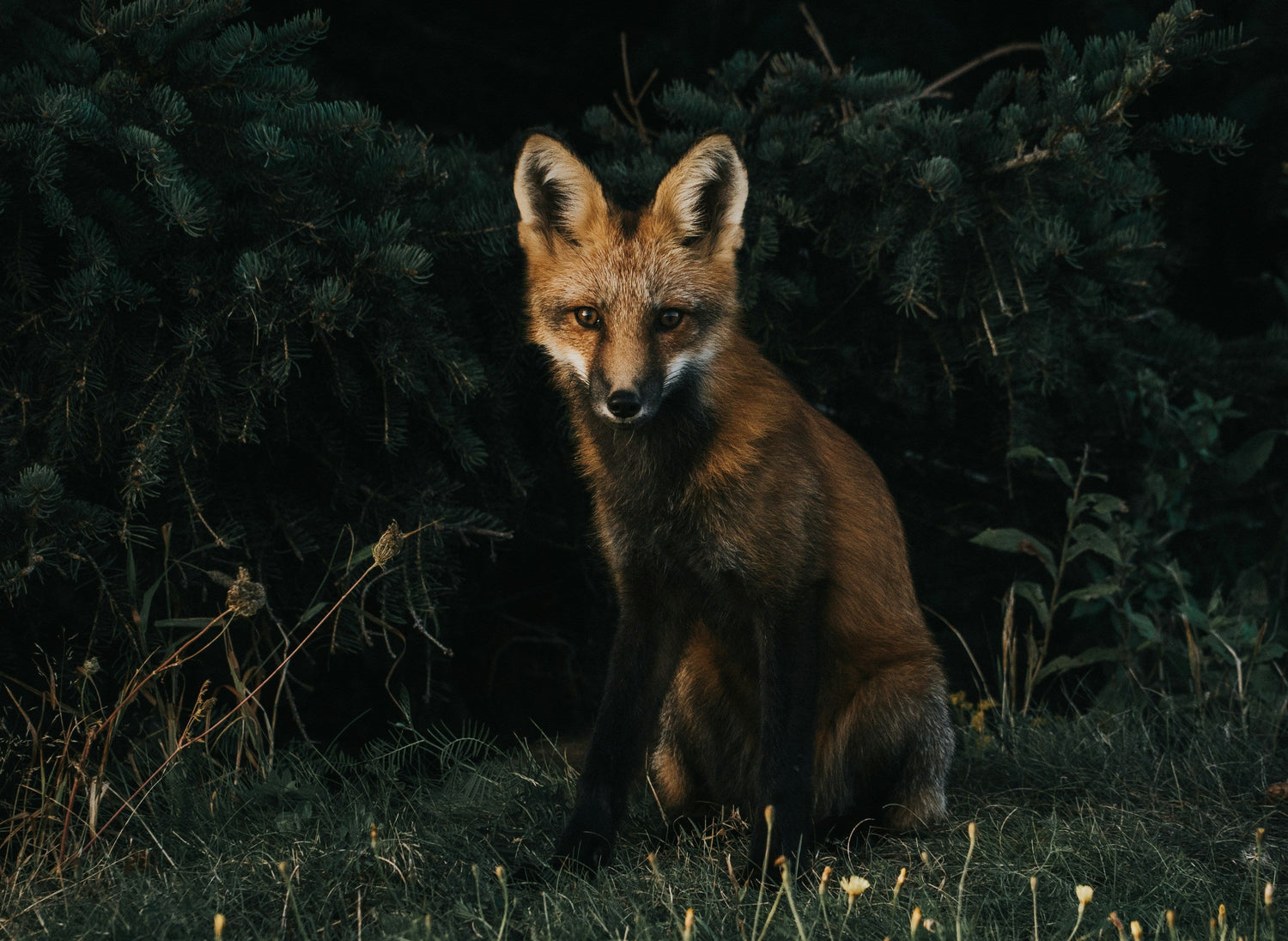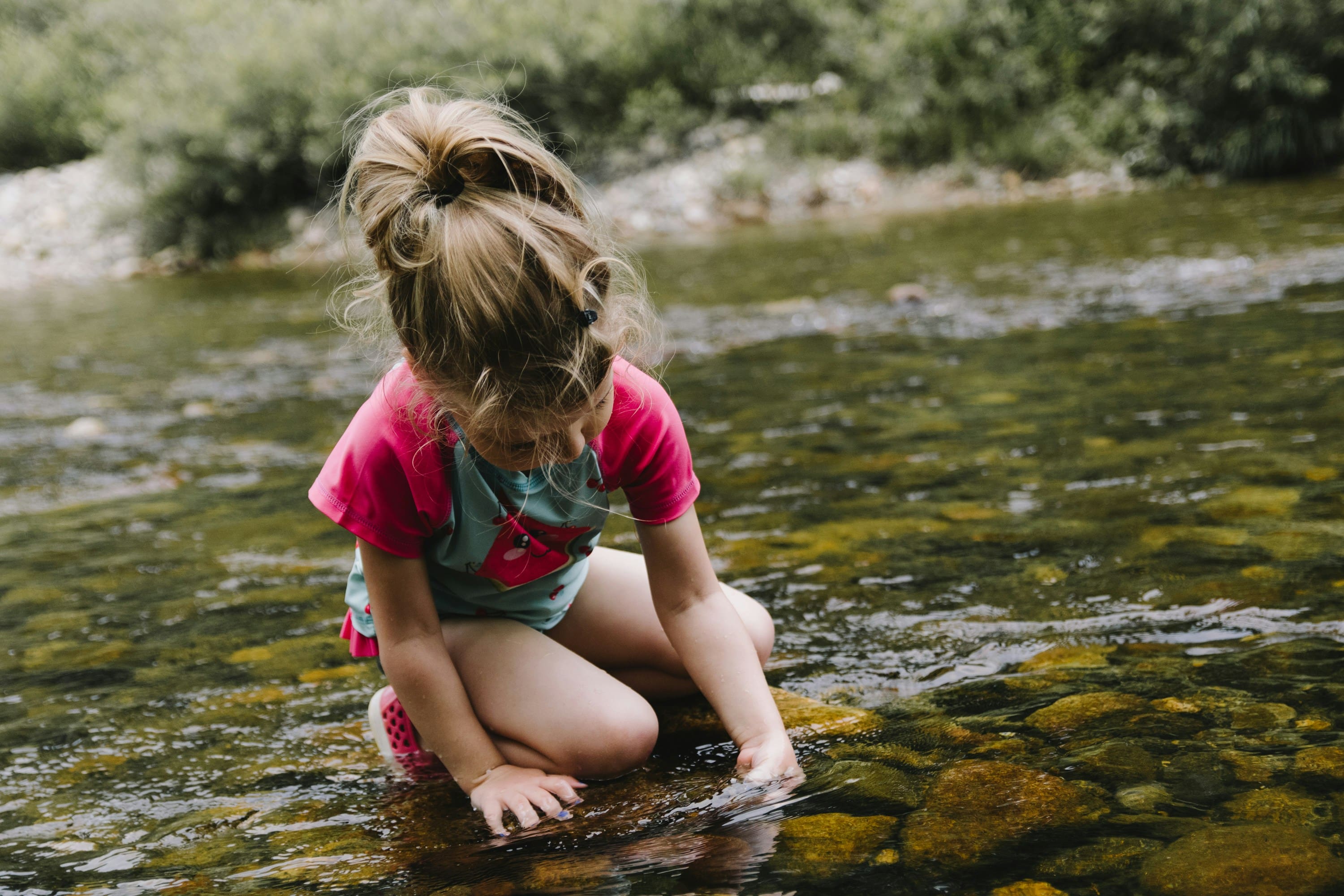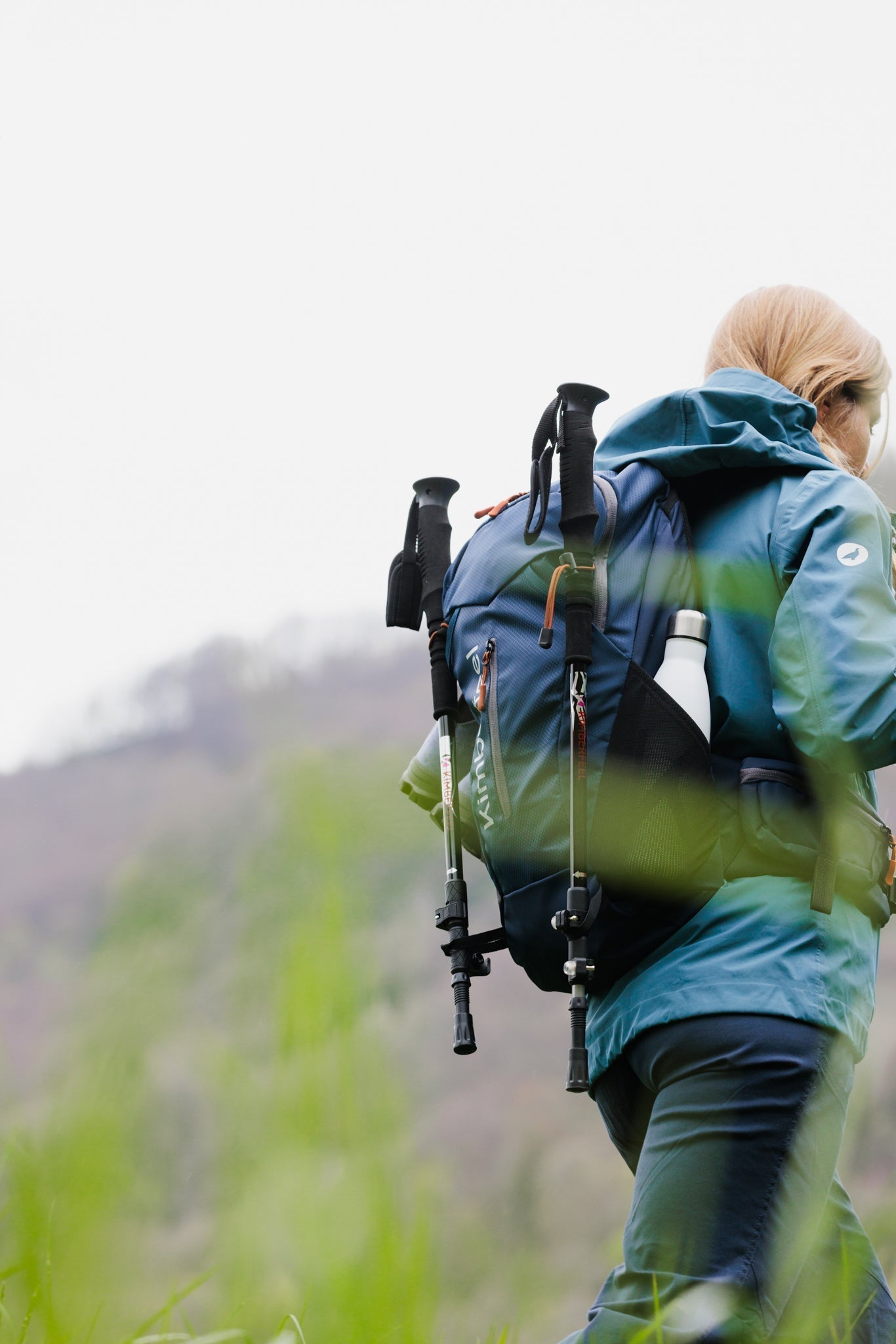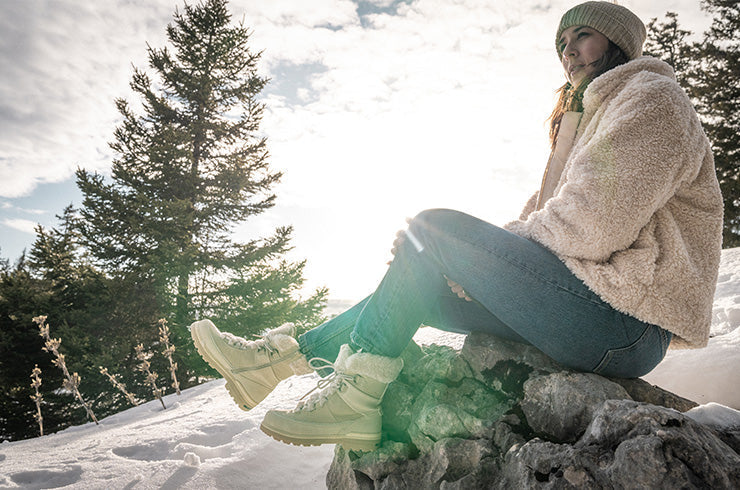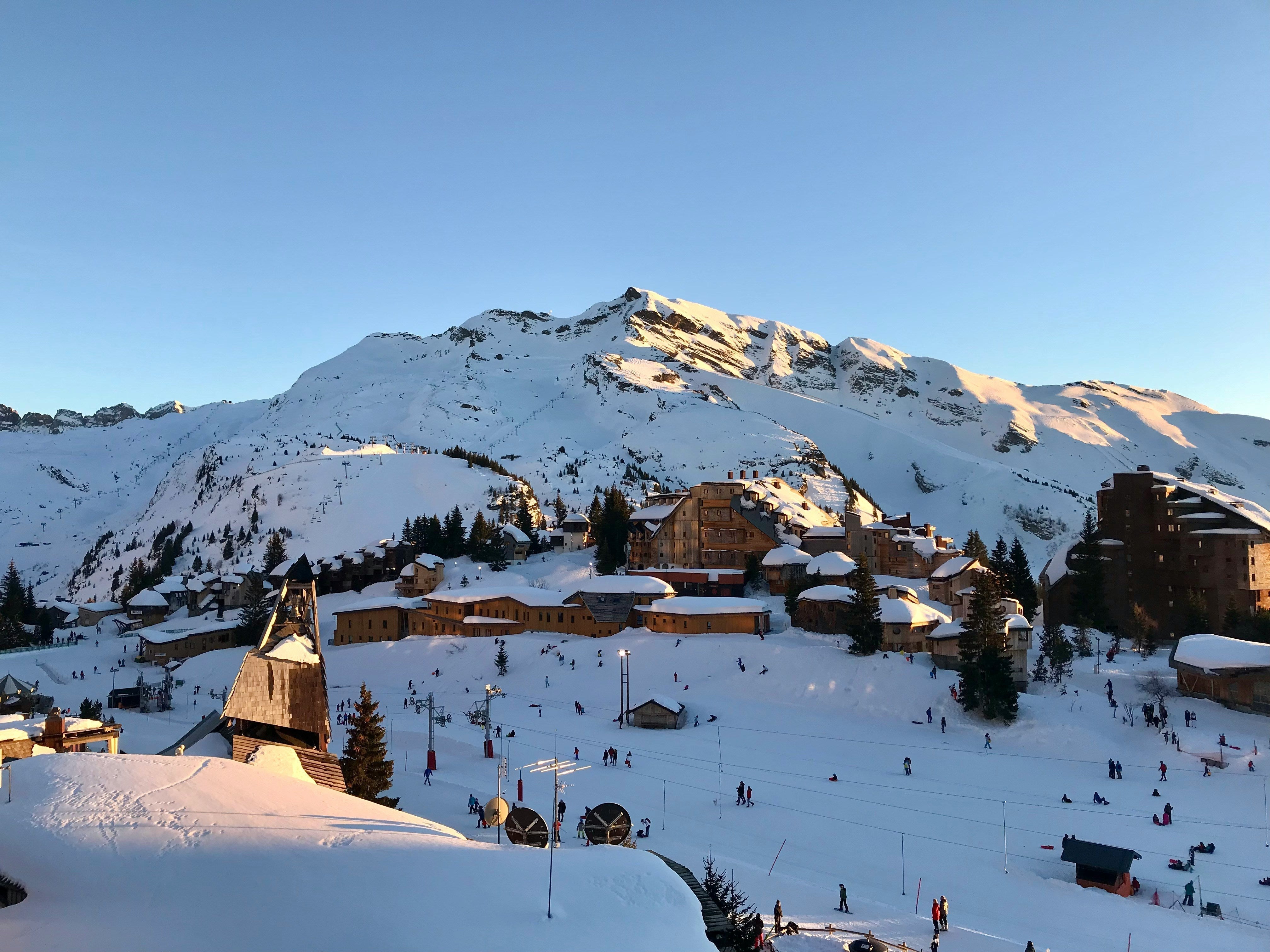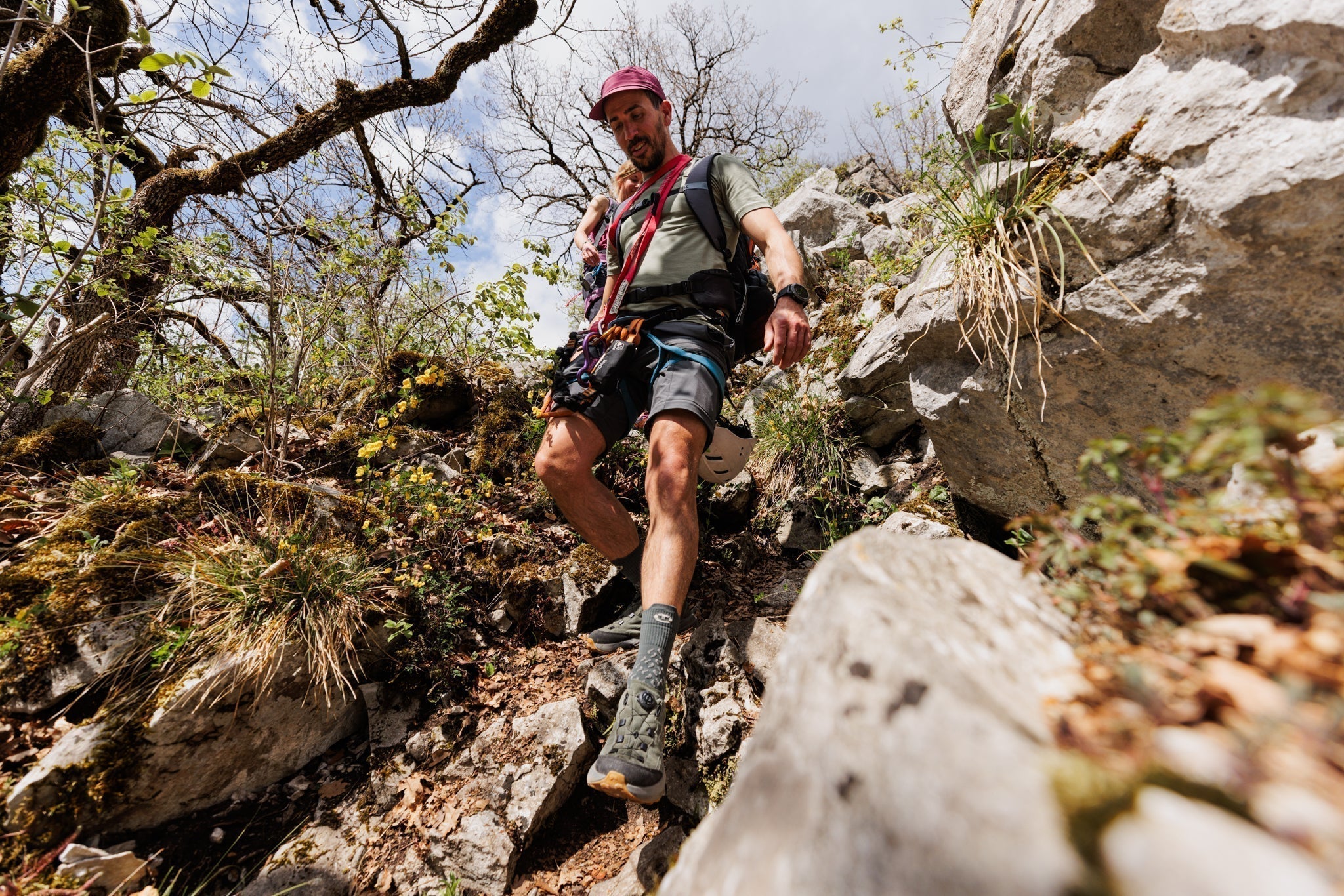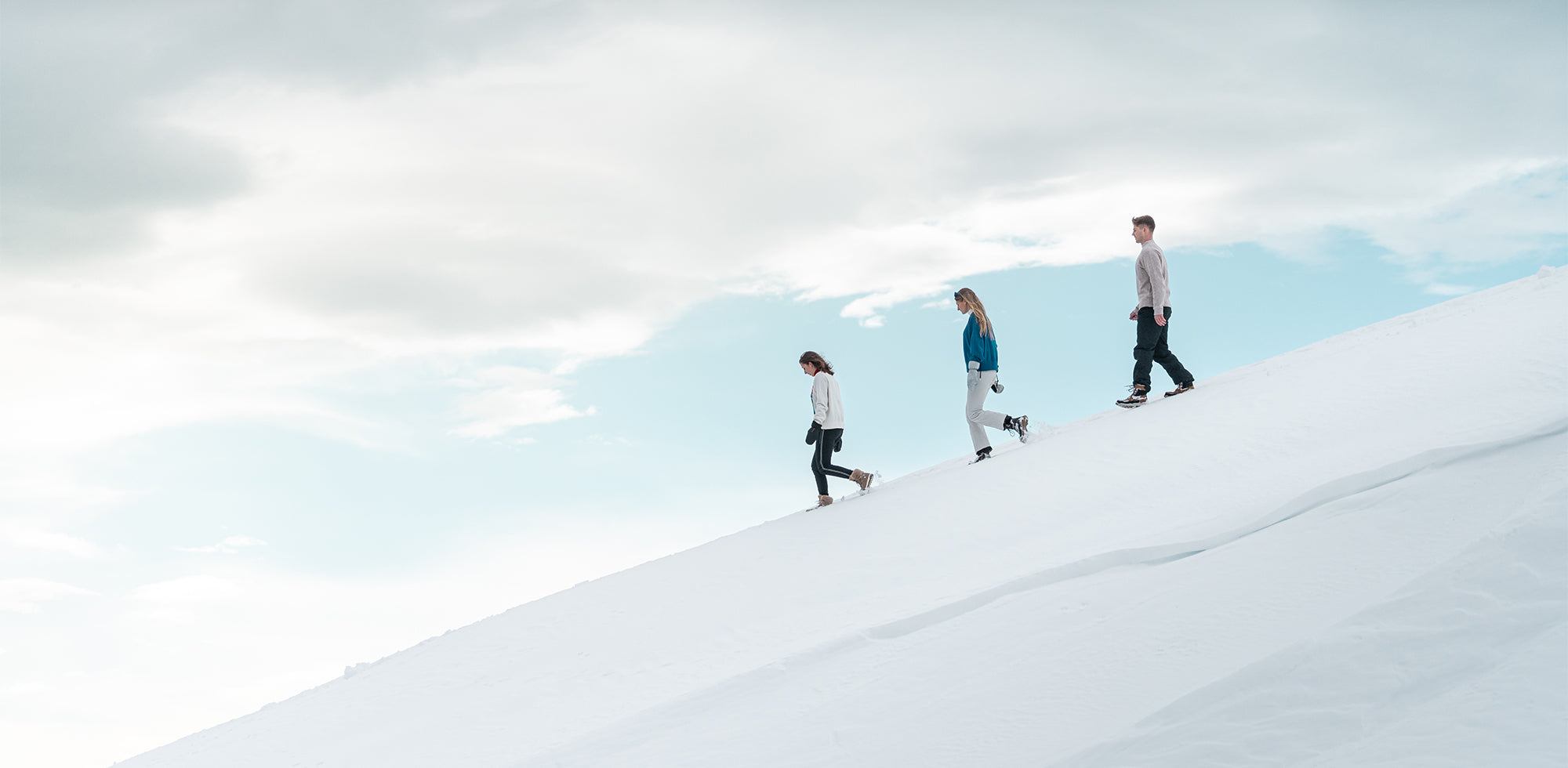In France, wildlife is everywhere. Discreet, often invisible, but very present. And when you head out for a walk on the trails, it's best to know how to react if you encounter one.
Bear, chamois, fox, patou, viper or small squirrel... each animal has its habits, its territory, its reflexes. On your side, a few good reflexes are enough for cohabitation to go well, for you as well as for them.
In this article, we guide you:
➜ on the species that you can come across depending on the region
➜ on the behaviors to adopt (or avoid)
➜ and on the small gestures that make a difference in the great outdoors
Because when hiking, respecting wildlife is also part of the pleasure.

What you can find in France depending on the area
When you go hiking, you're never truly alone. Even if you don't encounter any animals on the trail, there's a good chance they've spotted you long before. And depending on the region, the possible encounters vary. Here's a quick overview to find out what to expect.
Alps: ibexes, chamois and curious marmots
In the Alps, there are many iconic animals. You may encounter chamois or ibex in the higher elevations, often at a distance. Lower down, marmots are sometimes seen near the trails, especially in spring and summer.
The wolf, on the other hand, remains discreet. It avoids humans and comes out mainly at night. Its presence is more common in the Southern Alps and in remote areas. It does not pose a danger if you keep your distance.
Pyrenees: the bear still lives there
It's in the Pyrenees that you're (theoretically) most likely to encounter a brown bear. In reality, the animal remains rare, very wary, and flees as soon as it hears human activity.
Other common species include the chamois (a cousin of the chamois), birds of prey, deer, and wild boar. Here too, everything depends on the altitude and the time of day.
Massif Central, Vosges, Jura: forests more alive than ever
Here, roe deer, red deer, and wild boar rule. They mostly come out early in the morning or late in the day. Foxes, badgers, and sometimes lynx (in the Jura) complete the picture.
It's also in these areas that you might encounter snakes like the asp viper. Not aggressive, but still worth avoiding.
Countryside, lowland forests, coastal paths
Outside the large massifs, wildlife is just as present, but more discreet. Nesting birds, rabbits, hares, reptiles, amphibians, hedgehogs, and squirrels share the trails, sometimes without us realizing it.
And what about the sea? Coastal paths can reveal colonies of seabirds or seals in certain regions, such as Normandy.
Seasons and hours: what changes
Animals avoid humans, but their activity depends on:
➜ of the season: in spring, they move more to feed or raise the young
➜ of the time: at dawn or at the end of the day, you are more likely to come across them
In the middle of the afternoon, encounters are rare. But that's no reason to relax your attention.
Basic rules to adopt when dealing with wildlife
Wildlife doesn't need us. To ensure the encounter remains a good memory (for both you and the animal), a few simple rules make all the difference.
Do not feed the animals
Even if a groundhog munching on a cereal bar makes you feel better, feeding a wild animal accustoms it to humans, disrupts its behavior, and endangers its health.
He becomes dependent, may get sick or become aggressive. Keep your snacks to yourself.
Keep your distance
We observe, but we don't approach. Even if the animal seems calm, it may feel threatened. And if it has young, it perceives you as a danger.
In addition, some carry communicable diseases.
Stay on the trails
Trails aren't just for show. They help you avoid sensitive areas: burrows, nests, breeding grounds. By straying from the path, you could disturb a litter or trample a fragile habitat.
Keep your dog on a leash
Even if he's "nice" or "not at all the type to chase a deer," an unleashed dog can cause a runaway, injure an animal, or stress an entire herd.
And in some areas, you risk a fine. Better to keep the leash (and the peace!).
Avoid unnecessary noise
There's no need for total silence, but shouts, loudspeakers, drones, or group howls can disturb wildlife hundreds of meters away.
Did you come for nature? Let it express itself.
Behaviors to adopt depending on the situation
There's no single right reaction when hiking. It all depends on the animal, the distance, and the context. What doesn't change: stay calm, don't play the hero, and avoid improvising.
If you surprise an animal (deer, fox, roe deer, etc.)
Back away slowly, keep your arms at your sides, and avoid direct eye contact. Most will flee within seconds.
No need to run or scream. You're not in danger. He is if he gets hurt running away too quickly.
If the animal seems threatening (wild boar, patou, snake, etc.)
➜ Wild boar: Don't run. Back away calmly. Avoid dense wooded areas if you hear grunting. A mother rarely follows far behind her young.
➜ Patou (protection dog): do not look at it, do not pet it, do not run. Speak calmly, go around the herd, and keep your dog on a leash.
➜ Snake: Stay still if it's close. Give it time to leave. Don't try to move or scare it. If bitten: Sit down, call emergency services, and limit your movements.
If you come across a small animal alone
Don't touch anything. It's not necessarily an orphan. The parents are often nearby. If you approach, you risk scaring the adult away or coming face to face with them.
Take a photo from a distance if you like, then walk away.
Mistakes to Avoid (and Why They're Dangerous)
At the time, we think we're doing the right thing. We just want to watch, help, or take a photo. But in nature, some mistakes can have real consequences: for the animals, for the balance of the environment, and sometimes for you.
Want to get closer to observe more closely
We think we can see better. In reality, we're forcing the animal to flee, hide, or defend itself. In all cases, we're creating stress. And if this happens too often, the animal ends up changing habitats or changing its behavior.
If you really want to get a close look, get binoculars . He won't even see you.
Feeding "just once"
Even a small piece of bread can cause serious damage. Animals lose their survival instinct, become dependent, and change their diet. This can lead to health problems, but also aggression.
And if one day he asks another hiker who refuses, it could end badly.
Making noise intentionally to scare them away or attract them
Some people shout to avoid surprising an animal. Others whistle to make it come. Both are disturbing.
Wildlife doesn't wait for you to arrange an encounter. And deliberately disturbing it, even briefly, disrupts its cycle: feeding, reproduction, movement, rest.
Attempting a photo too close or in motion
This is risky for you (in case of a defensive reaction) but also for the animal. The animal may flee too quickly, fall, abandon a young one, or no longer find its shelter.
And a blurry shot taken in a panic isn't worth all that.
Leaving leftovers lying around (even biodegradable ones)
"It's natural, it will decompose."
Yes, but not at the right speed, nor without effect. A banana peel attracts animals. It makes them snoop, stray from the beaten path... and sometimes get hurt. It's best to take everything with you. Including anything you thought was compostable.
And for that, the right accessories make all the difference: a water bottle , an airtight box, reusable cutlery ... At Kimberfeel, we have everything you need to hike light, without leaving anything behind.
➜ Discover our selection of accessories
What if I get injured or have an accident?
Even on marked trails, no one is safe from a sprain, a fall or discomfort.
Some reflexes to adopt:
➜ Never go alone, especially on little-used routes
➜ Notify a loved one of your route and estimated return time
➜ Always carry a first aid kit (disinfectant, bandages, survival blanket, etc.)
➜ Know the emergency numbers (112 throughout Europe)
And above all: wear shoes suitable for the terrain .
This is often what makes the difference between a good outing and a bad fall.
At Kimberfeel, each model is designed to offer you support, comfort and grip.
Because avoiding accidents is also a question of equipment.


